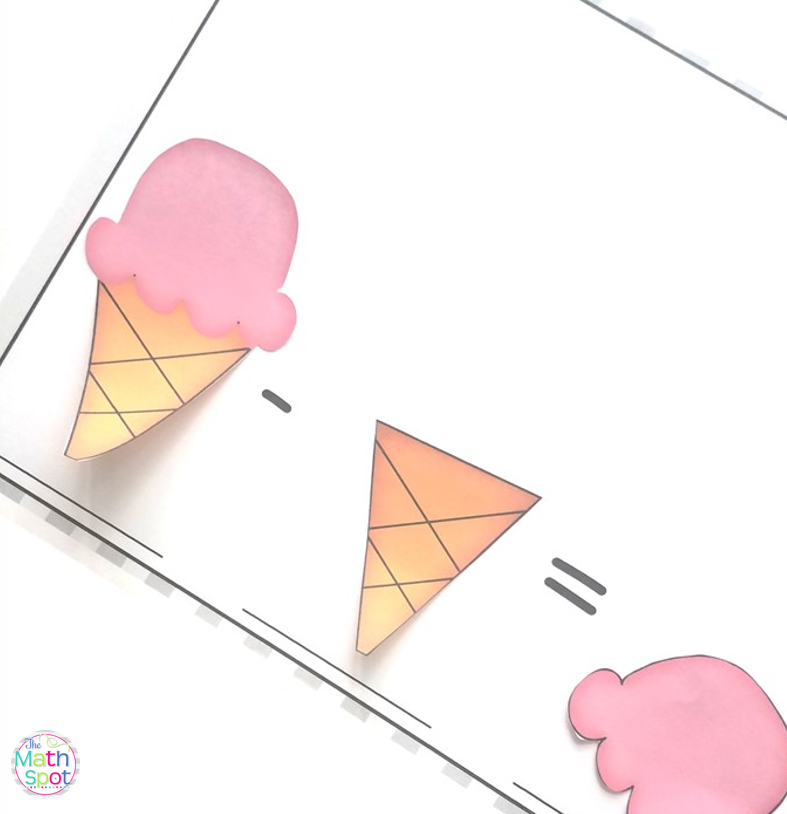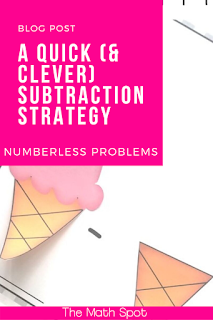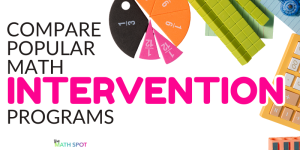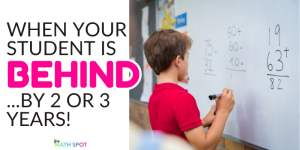This post contains affiliate links. This means that when you make a purchase, at no additional cost to you, I will earn a small commission.
There are a number of misconceptions and errors we can predict when we introduce subtraction to our students.
Not understanding that subtraction starts with the total.
Not understanding that subtraction can take away or take apart or find the difference.
Not understanding that subtraction isn’t just the operation you use when it seems like “the first number is big”.
The nice thing about predictable misconceptions and errors is that if something is predictable, it is preventable.
Try a numberless subtraction problem! Instead of numbers, use pictures to demonstrate how a whole can be taken apart.
- Start by showing your students a set of pictures representing a whole and it’s parts such as the ice cream cone, cone and scoop shown above.
- Ask your students what they notice about the pictures.
- Ask your students to describe how they could take the cone apart. Look for students who are using part whole language such as “If you have an ice cream cone and take away the cone part you are left with the scoop part!”
- Give your students a number bond. Ask them to demonstrate how the whole and parts can be put into the number bond. Ask them to use part and whole language to describe the pictures.
- Give your students a subtraction sentence frame and tell them that the subtraction sign takes a whole apart. Show them how the pictures can be put onto the sentence frame to take the whole apart.
- Give each student a chance to put the pictures onto the subtraction sentence frame independently and to read the number sentence independently as well. “I have a whole ice cream cone. I take away the cone part and that leaves the scoop part.”
Related Resources:








